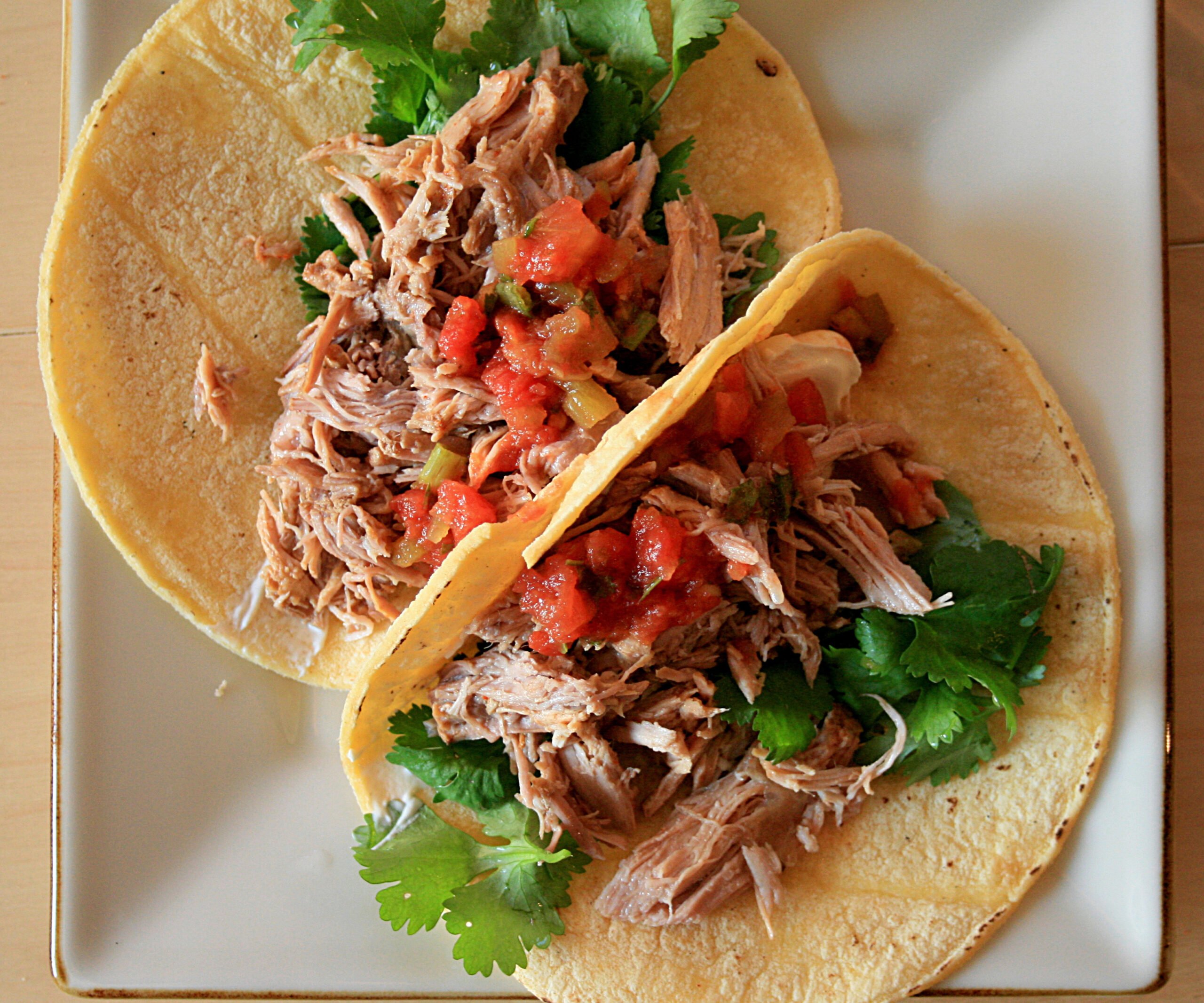
Food is an essential part of intellectual discourse. While as recently as ten years ago an “it’s only food” mentality may have obscured this fact, since then there has been an amazing proliferation of artistic, cultural, and academic production relating to cooking, eating and drinking. During this same period, however, the mass media has dumbed down its approach to food. Food Network, for example, has almost completely abandoned the simple dump-and-stir format of older cooking shows (which actually taught you how to cook) in favor of sensationalist food competitions and programs marketing mass produced candy and packaged food.
When Angie suggested that we work on a food issue for Vandal, I knew immediately that this was a unique opportunity to stimulate intelligent culinary conversation. We decided to highlight food and movement because Vandal is “the immigrant and the disenfranchised, the frustrated and the abandoned, the hopeful and the progressive.” No place are these relationships illustrated as clearly as in the kitchen. Nothing is as vital as food security. Nothing produces simultaneous joy and pain like food. The most fundamental cultural question of the 21st century is one of hybridity – what exactly is globalization and how does it impact cultural practice? How do “we” remain who we are without stagnating? Do adaptation and transformation mean the loss of “tradition”? Is “authenticity” about preservation or performance? Food is at the core of these questions.
We have assembled an impressive group of artists and writers to address this topic. We have no answers, but believe that collectively we have contributed to, and advanced, an important dialogue. I am deeply indebted to all the contributors without whom this issue would not have been possible.
Lastly, the Vandal editors and I have decided to include several recipes which we feel represent us. These recipes are also reflective of migration – Cochinita Pibil is a classic slow cooked pork dish from the Yucatan Peninsula in Mexico, which Daniel associates with his home state of Texas. Pig is, of course, from the “old world” and only reached the Americas with Christopher Columbus. Sheila offers us a delicious ceviche, a dish most often associated with Peru, though now more generally “latin.” The word ceviche, however, comes from the Persian sikba (meaning vinegar-ed food), which then entered Arabic as al-Sikbaj. The Arabs brought the dish to Spain where it became escabeche, a cold vinegary dish often including fish. The Spanish later brought it to the “new world.” For my dish, I combined my American mother’s broiled lamb chops with my father’s Yemeni spices. The result is neither American nor Yemeni, but is hopefully very tasty. I hope that you cook these dishes. Enjoy!








